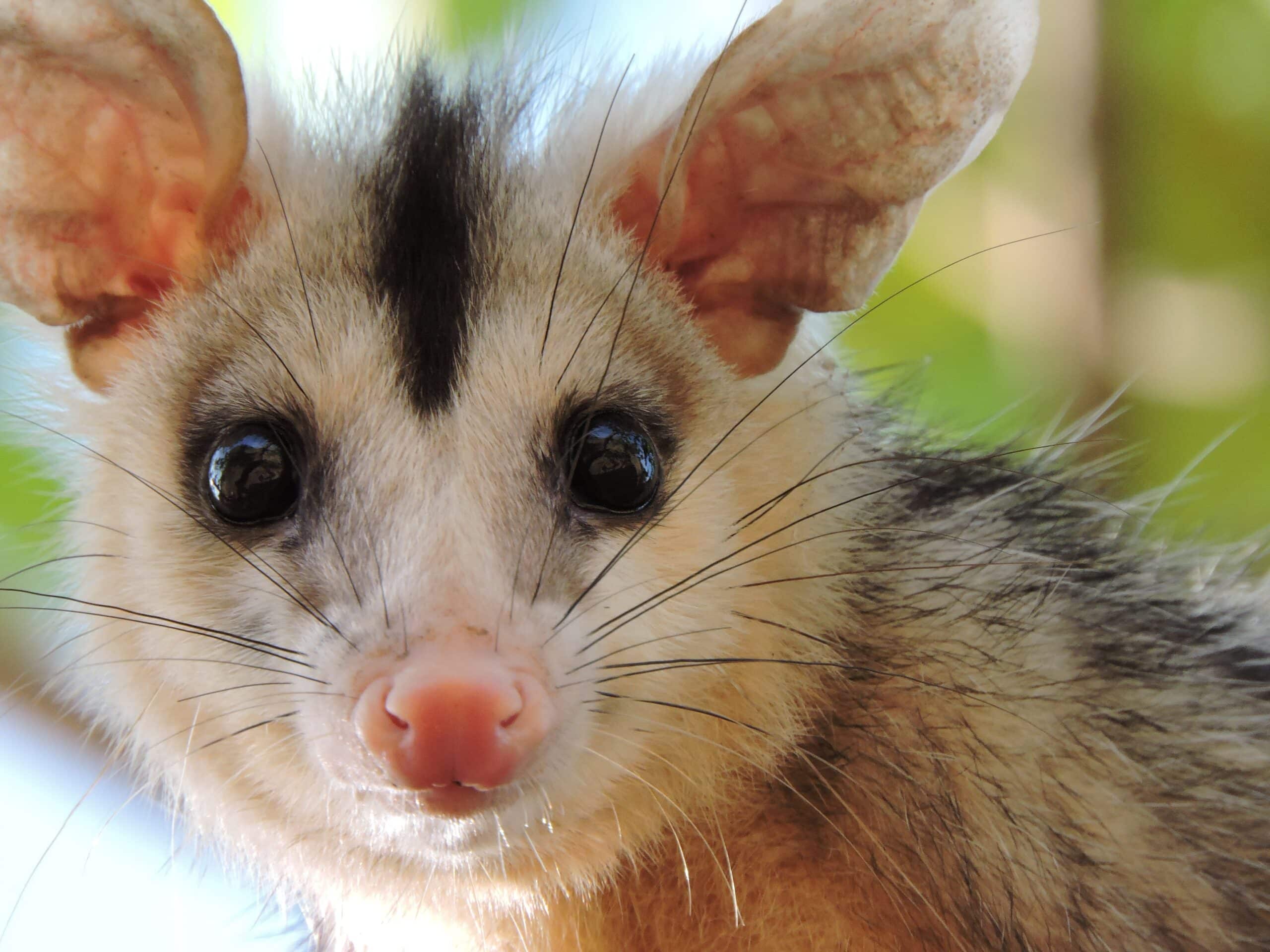
Who knew that a prickly little fellow like the hedgehog has a significant role in the great outdoors? In this blog, we’ll explore just how vital these curious creatures are in their natural habitats and why learning more about them can help us all to be better environmental stewards!
So grab your binoculars, and let’s go on an adventure into the wild world of hedgehogs!
Introduction to Hedgehogs in the Wild
Hedgehogs are small mammals belonging to the hedgehog family and are found naturally in many parts of the world, including Europe, Asia, Africa, and New Zealand. They have many unique adaptations and vital environmental roles as a pest controller and seed dispersers.
Hedgehogs can often be found in hedgerows, gardens, woodlands, and open fields, where they feed primarily on insects, slugs, worms, fruit, nuts, and vegetables. They also feed on bird’s eggs, small amphibians and snakes, and other invertebrates such as centipedes—Hedgehogs cache food for later use by burying it under leaves or moss near their nesting sites.
Hedgehogs are nocturnal animals that hibernate during the winter when food is scarce. During this time, they rarely emerge at night to search for food and consume extra fat to survive until spring arrives when they resume their normal daily feeding cycle during twilight hours. During daylight hours, hedgehogs seek shelter in shallow burrows under logs or bushes, where they remain safely tucked away from potential predators such as foxes and badgers all day.
The exact nature of the hedgehog’s ecological role is currently being studied by scientists hoping to gain more insight into how these unique animals interact with their environment and impact local ecosystems. Through further research, we may understand how hedgehogs play an essential role by providing multiple services ranging from controlling pests such as slugs to dispersing seeds over wide areas, thus helping maintain biodiversity through areas suffering from human interference or alteration of organic habitats.
Types of Hedgehogs
There are 17 species of hedgehogs which vary in size, diet, and habitat. During the day, most hedgehogs nest in shallow burrows among vegetation or low shrubs, depending on the climate they inhabit.
The most common species of the hedgehog is the European Hedgehog (Erinaceus europaeus), which is native to Europe and parts of Asia. The Long-eared Hedgehog (Hemiechinus auritus) is found in Russia, Mongolia, China, and Pakistan. The Indian Hedgehog (Paraechinus micropus) can be found in open savannahs and grasslands in western Asia’s Iranian plateau.
Other tiny hedgehogs include:
- Four-toed hedgehog (Atelerix albiventris)
- Javanese hedgehogs (Hemiechinus javanicus)
- North African Hedgehog (Atelerix algirus)
- Somali Hedgehog (Atherurus macrourus)
- Two species of Arcaechininae that occupy southwestern Europe and northwestern Africa, respectively.
Asian long-clawed hedgehogs are more significant than their European counterparts. They have a more omnivorous diet due to their extended feet, which enable them to grasp more oversized prey items such as mice, frogs, and lizards while they forage.
African Pygmy Hedgehogs (Atelerix albiventris) inhabit woodlands, dry scrubland, and bushland throughout sub-Saharan Africa and can often be found along rivers searching for food among roots or logs.
Habitat and Distribution
Hedgehogs make their home in various habitats, including woodlands, grasslands, heaths, and even urban areas. They are distributed throughout Europe, Africa, and parts of Asia. Hedgehogs are adaptable and can live in various environments, from meadows to woodland edges and even gardens.
Depending upon the species, hedgehogs are typically nocturnal or crepuscular (active at dusk or dawn). During the day, they usually sleep beneath hedges or logs or in piles of leaves. In the wild, hedgehogs construct nests from dried leaves above ground and underground, which they use as sleeping quarters during winter hibernation.
The core habitat requirements for most species of hedgehog include:
- Growth cover (food plants)
- Living spaces (e.g., dens, burrows)
- Good open space for activity
- Access to fresh water sources
Other essential components are diverse vegetative types and natural barriers such as hedgerows which can provide food items but also offer protection from predators and traffic hazards.
Diet and Foraging
Hedgehogs are omnivores, so their diet consists of various plant materials and animal proteins. In the wild, their diet consists mainly of invertebrates such as beetles and earthworms. However, hedgehogs are also known to scavenge for other small invertebrates like snails, slugs, and insects. They also eat fruits, berries, and nuts when they can find them.
Hedgehogs are active at night, focusing on foraging during their active hours. Their foraging habits involve sniffing around looking for food while keeping close to protective cover, using this protection from any predators that may be present in the area. For example, if the ground is too open or there is too much light available, the hedgehog will likely retreat to a shrub or dense grassy area nearby. Allowing their small body size to act as an advantage when it comes to protection from predators not only serves as a way of defense but can also serve as a good hiding spot while searching for food.
Reproduction and Development
Hedgehogs reproduce through sexual reproduction, with a reproductive season typically occurring in late summer and fall. During this time, a single male will seek out several female partners. Mating has been observed to last up to 5 hours, which is quite lengthy compared to other species of similar size.
After mating, the female will become pregnant, and gestation typically lasts 30-45 days. The average litter size consists of 4-5 hedgehogs, much smaller than other mammals of similar size. Baby hedgehogs are born blind, deaf, and unable to curl into a defensive ball; instead, they have a protective layer of soft fur called spines shed as they grow older.
Young hedgehogs mature quickly and become independent from the mother after six weeks, with total physical development usually achieved around eight weeks old. At this stage, they have opened their eyes and ears and developed their trademark spines which become increasingly rigid with age permitting them protective characteristics even at such a young age!
Threats and Conservation
Hedgehogs are at risk due to various threats in the wild and captive breeding programs. In terms of threats in the wild, these primarily include loss of habitat, fragmentation of existing habitats, agriculture, and urbanization. There is also the threat posed by predators such as badgers, foxes, cats, and dogs. Additionally, hedgehogs can be subject to poaching or illegal trade.
In terms of conservation efforts, multiple organizations have come together to address the various threats facing hedgehog populations globally. Many organizations are taking steps to protect and conserve remaining hedgehog populations in their environments by improving habitats with shelters, identifying safe havens for hedgehogs to breed, providing food sources, and raising awareness among local communities about the importance of preserving hedgehog species for future generations. Additionally, an extensive international collaboration has undertaken research into developing captive breeding programs for Hedgehogs which will help support current wild populations and increase their availability as a form of pet trade species.
The Ecological Role of Hedgehogs
Hedgehogs play an indispensable role in ecology, helping to maintain balance within ecosystems. Through their diet, hedgehogs can beneficially affect both plant and animal populations. Hedgehogs feed primarily on insects, helping to control populations of agriculturally essential pests and species that may be vectors for disease. They also consume a wide variety of plant material, including fruits, mushrooms, nuts, and other vegetation – playing a critical role in dispersing seeds throughout the environment.
By preying on smaller animals like mice or frogs, hedgehogs can also help to regulate these species’ population sizes. Additionally, their digging ferrets out tiny pests such as worms, grubs, and slugs, which can help preserve soil quality and decrease the availability of food sources for some invasive species. Hedgehogs are also critical prey items; they are hunted by various mammals like foxes, badgers, and pine martens, leading to necessary top-down regulation of the surrounding food web.
Through their impactful roles in food webs and intricate interactions with the environment around them – hedgehogs provide a vital connection between biodiversity and ecosystem health. With their presence increasingly threatened by human activities such as habitat loss or fragmentation – understanding what hedgehogs do is essential for practical conservation efforts in the future.
Conclusion
To conclude, hedgehogs are essential in balancing many ecosystems by regulating insect populations and providing a food source for numerous predators. As agricultural practices change and urbanization expands, the well-being of these animals is threatened. Understanding the habits of wild hedgehogs is a critical step toward preserving this species.
Conservation efforts must focus on preserving their habitat and providing safe spaces where they can bring a unique form of balance to the destruction caused by humans. By protecting these species and restoring biodiversity, we can ensure that these animals will continue contributing to their ecosystems long into the future.





